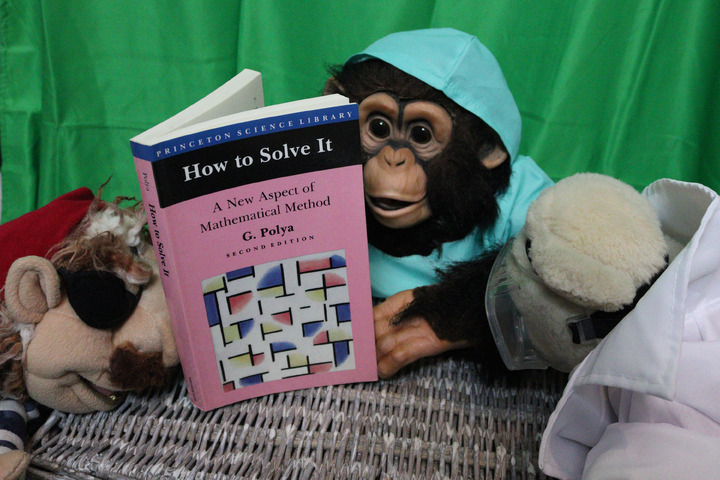Software Engineer Portfolios



I’m an old programmer as these things go. One of the best things I provide is perspective. You’re probably thinking that means I’m going to reminisce about the good old days. But I think the good old days are hilariously overrated.
HTML-based GUIs get a lot of flack for being a cheap-to-build imitation of native-app. This is basically true. It’s a cheap imitation, so we can build (and test!) a lot more with a small team, for cheap. In return, they burn a lot more CPU and memory, which is sometimes okay and sometimes not. I’m building something like that right now, so obviously I think it has good points.
But I think the biggest advantage of HTML-based GUIs isn’t usually mentioned: testability.

If you work in Ruby, you probably deal with HTTP a lot. There are various ways to see into the actual HTTP requests and debug them. I’d love to mention a few of them to you.
Why do you care?
If everything goes perfectly, you don’t. It’s debugging. So if you never write any bugs, you’re fine.
In case you write bugs like I do, let’s talk debugging.

There’s an old lightning talk from RubyConf 2019 that I love, about how there’s no such thing as knowing your computer “all the way to the bottom.” At no point does it stop being a stack of leaky abstractions.
An unsuspecting fellow emailed me in response, asking, “yes, but isn’t there one, final...

On Mastodon, FullStack Ruby asks:
It’s a strange sort of environment to be living in as a Ruby programmer.
On the one hand, so much momentum behind low-level “systems” programming languages with strong, static typing.
On the other hand, the “future of programming” is guiding the education of...


A fellow recently asked me for advice about running a Ruby workshop. And folks, I had forgotten I knew so much about it before he asked!
Before Rebuilding Rails had a video class, I had written a lot of the material for Rebuilding Rails workshops that I gave at Southeast Ruby and at Railsconf. I...

After a previous post I was asked for some examples: what types of things do you take out of your Rails app, especially a new one, to make a new service? For general rules read that post. But for some specifics, this is the post.
I gave a Twitter-length answer on Twitter. This has a bit more elaboration...

A gentleman on Twitter suggested that to make a new SaaS app, you should do these things:
This is pretty good...

Awhile back a fellow asked me the best way to increase test coverage at the small startup he works at.
It’s an excellent question.
Specifically, he asked:
“What’s the best way to go about increasing the unit test coverage of a codebase at a small scale startup? What procedure do you guys follow...

Ruby 3x3 announced that Ruby 3.0 would be three times as fast as Ruby 2.0. It was an audacious goal, especially for a language released in 1995.
Ruby 3 is due to be released in less than a month. They’re hard at work on some of the features, but non-JIT performance is pretty close to release speed...

Rack is Ruby’s standard web interface. Rails uses it, Sinatra uses it, basically every Ruby web server and framework use it.
And Rack adds “middleware,” pieces of software that you can build an app out of. They see requests and responses, and they can modify both. Middleware is so powerful that Rails...